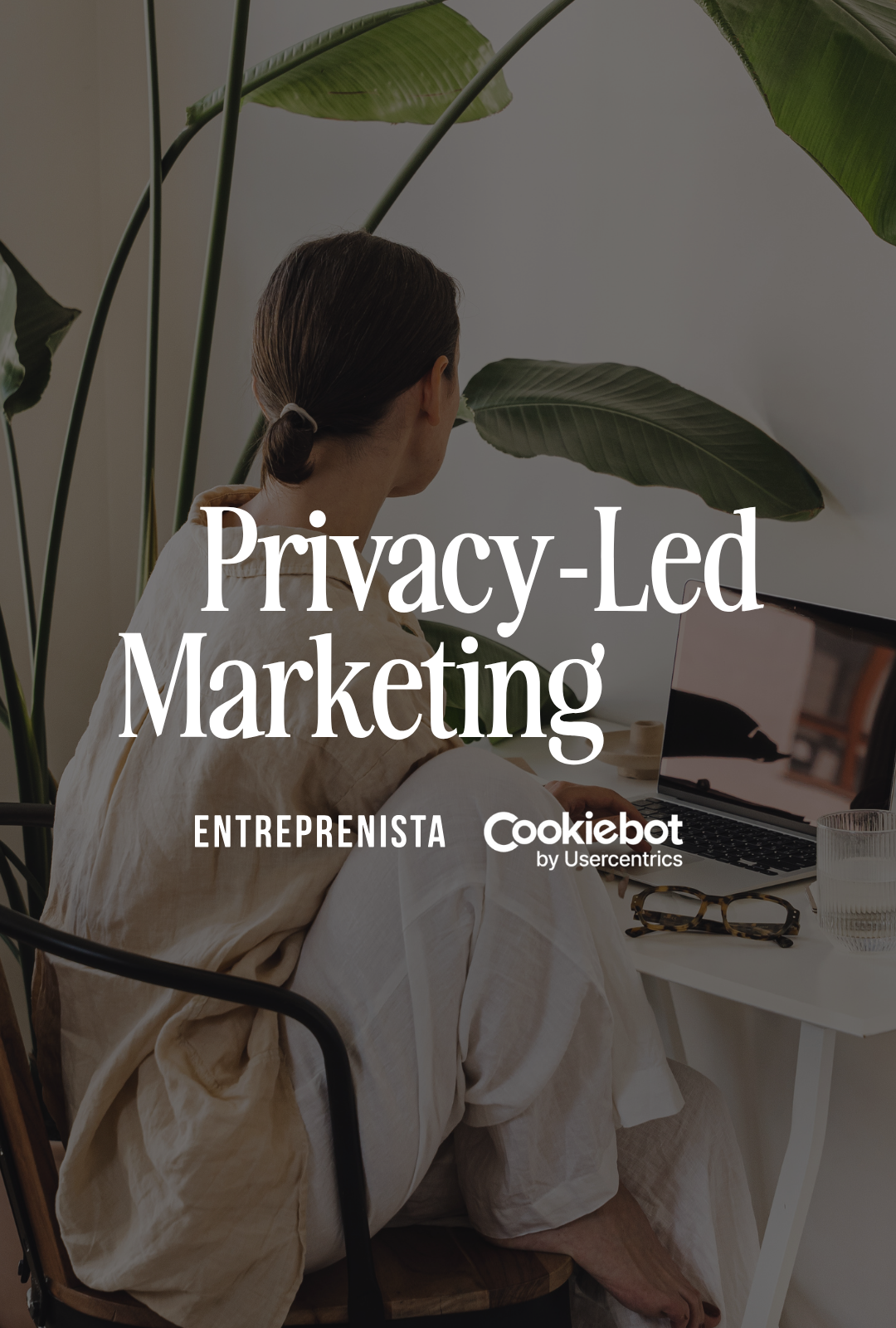
How Founder Brands Will Win in 2026: 5 Messaging Shifts for a Future-Proof Strategy
November 13, 2025
How Founder Brands Will Win in 2026:
5 Messaging Shifts to Future-Proof Your Strategy
Every founder I know feels it — the market’s louder, faster, and more fragmented than ever.
AI is pumping out generic content by the second, attention spans are in freefall, and audiences have never been more skeptical.
But here’s the twist:
The brands that will still matter in 2026 aren’t the ones with the flashy funnels or most followers.
They’re the ones with messages that mean something — stories that stay relevant even when the algorithm doesn’t.
Future-proofing your message isn’t about chasing trends. It’s about clarity: knowing who you are, what problem you solve, and why it still matters.
The Real Competitive Edge in 2026:
Consumer trust isn’t earned through features—it’s earned through clarity and consistency.
87% of shoppers will pay more for brands they trust.
Let’s dig into five shifts — mindset and marketing — that will help sharpen your message, build trust, and help your brand stay unmistakably you in the year ahead.
Shift #1: Your Customer Is the Hero - You’re the Guide
Ego is out. Transformation is in.
The fastest way to lose trust? Making yourself the main character. The next generation of consumers doesn’t want to be sold to — they want to be seen.
-> 81% of consumers need to trust a brand before they buy.
Flip the script. Your customer’s transformation is the story, and your brand simply lights the way. Clarity happens when ego steps aside.
Shift #2: Stop Assuming They Know What You Do — and Shift What You’re Selling
People don’t pay for information anymore. They pay for access, belonging, and emotional outcomes.
AI can generate content — but it can’t replicate your lived experience or your perspective applied to someone’s reality.
Nobody needs another 8-week course. They need proximity to the founder who’s done it, a clear roadmap, and a peer group that gets it.
Instead of:
“Enroll in my 8-week course on [topic]”
Try:
“Join a vetted community of [your niche] founders building [specific outcome] together. Get monthly Q&As, access to my brain, and a network that has your back.”
-> Paid communities have a 77% success rate and are projected to reach $480B by 2027. Connection — not content — drives retention.
Shift #3: Obsess Over The Problem, Not Your Product.
People don’t buy features. They buy relief, belonging, and identity.
Fall in love with the problem you solve. Name it. Study it. Speak to it louder than you speak about your solution.
-> Consumers are 4–6x more likely to buy from brands with clear purpose and proof to back it up.
Look at Billie, who took down the “pink tax,” or Bumble, who flipped dating culture on its head. They made the problem the main character — not the product.
When you lead with the problem, you stop selling and start serving. That’s where real loyalty lives.
Shift #4: Make the Problem the Villain.
Every great story has a villain — yours should too.
For women founders especially, make that villain systemic, not personal: burnout, gatekeeping, disconnection, hustle culture.
Name it.
Give your audience something to rally against.
Then position your brand as the weapon.
Think of how effective Zohran Mamdani’s campaign was - it centered affordability.
When you define your villain clearly, your audience instantly knows what you stand for — and what you refuse to tolerate.
Shift #5: Your CTA Reframe: It’s Not a Sale, It’s a Sense of Closure
People don’t want another product; they want resolution.
Your call-to-action should feel like the final chapter in a story they already want to finish.
Research shows customers prefer to buy alignment over features.
The best offers don’t pressure — they complete.
You’re not asking them to “buy now.” You’re inviting them to step into alignment — to close a loop that’s already open in their mind.
Why this Matters for Female Founders
These five shifts aren’t just tactics — they’re permission structures.
You don’t have to be the loudest in the room. You have to be the clearest. You don’t have to sell what everyone else is selling. You have to build the community only you can create.
And you definitely don’t have to do it alone.
The brands that win in 2026 will be built by founders who know who they are, understand their people deeply, and show up with conviction.
That’s how you future-proof your message…and your movement.
—
P.S. Hi, I’m Emily! I help founders evolve their brand without sacrificing themselves. When you’re ready, here are a few ways I can help you do just that:
⚡ #1: Find Your Edge. If your brand feels “fine” but not fire, start here - The Brand Edge Map is my 20-minute mini course that helps you uncover what makes your brand uncopyable.
⚡ #2: Brand Reset. Ready for a premium realignment with a 15-year brand strategist? Check out The Brand Reset. - my 4-week intensive built for busy founders evolving into their next level era (without the agency price tag).
⚡ #3: Hang out with me online. I share BTS strategy, mindful marketing insights, and a few feminist rants on Instagram, TikTok and LinkedIn. Come say hi.
Sources: Salsify 2025 Consumer Research Report; Trustpilot 2025 Research; Mighty Networks; Zeno Group Strength of Purpose Study
The Latest

The Entrepreneur’s Holiday Dilemma: Setting Boundaries Without the Guilt
Women entrepreneurs face heightened stress at year-end as they juggle business demands, family obligations, and social expectations, often leading to burnout and feelings of inadequacy. Establishing healthy boundaries becomes a critical mental health practice that protects energy, reduces guilt, and models sustainable leadership.













.png)






